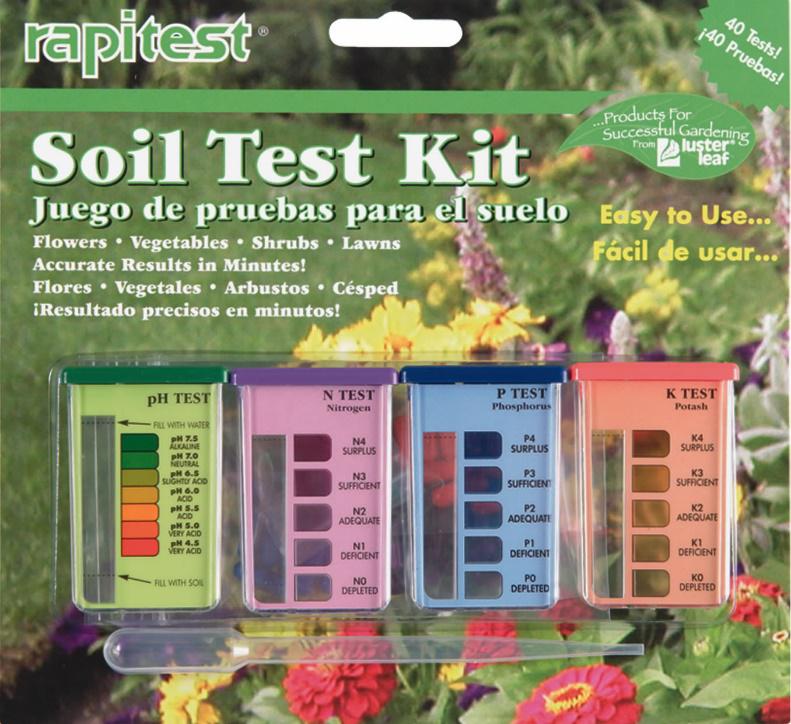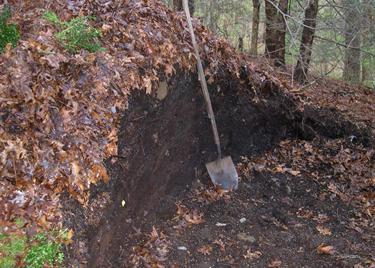In most areas of the country it is just about time to start planting our outdoor crops. Even at the high elevation where I live, I started my seeds indoors the other day and should be ready to transplant into the garden within the next couple of weeks.
While those seeds are germinating, I have other tasks to complete in preparation for outdoor planting. Most importantly, this means making sure the soil is ready to accept the transplants.
Some of us use raised beds exclusively while others are fortunate enough to have access to fertile soil without much effort. At my house, we use a combination of both techniques to maximize useable gardening space and accommodate different crop requirements for soil, sunlight and access to water.
Anyway, I thought it would be a good time to review some gardening best practices for amending soil. Some of these may not seem ground-breaking, but there is one thing that is certain: high-quality soil is the single most important aspect of cultivating a successful crop year after year.
With that in mind, let’s make sure our soil is ready this year by following these simple tips.
1. Soil Testing
The first step to creating the perfect growing environment is understanding what you have to work with. Even though most of my plants grow in raised beds, I like adding soil to the beds (in addition to compost), but that means understanding what nutrient levels the soil contains.

Specifically, we should be looking for nitrogen, potassium and phosphorous levels. We also need to pay attention to the pH level and some soil tests even detect the amount of organic matter as well.
Understanding the exact nutrient levels in the soil allows us to amend soil properly for the best crop production possible. Most agriculture extension offices offer free or low-cost soil testing and there are a variety of commercial testing services as well.
2. Adjusting Soil
Most of us are not blessed with perfectly aerated soil automatically. Your soil might be too sandy or contain too much clay (which drastically affects aeration and water drainage). Although it takes some time to properly adjust soil, it is possible.
The best way is to mix chopped organic matter (leaves for example) into the soil and mix well. Some people even our liquid nitrogen into the mixture to speed up the decomposition process.
Unfortunately, this technique is best exercised in the fall as it takes time for the decomposition process to occur.
If you didn’t think that far ahead, there is another solution. Adding high-quality organic potting soil promotes strong root development and robust plant growth. Potting soil should be mixed at least 8” – 12” deep into existing soil. It does take some work, but it is well worth the effort when your crops begin to take off in these improved soil conditions.
3. Consider pH Level
Most soil tests include a pH reading of the sample, but if not, most garden centers sell inexpensive pH testing kits you can use at home to get a pretty good estimate of your soil’s pH level.
Most vegetables prefer soil that is slightly acidic (a pH level below 7.0). As a general rule, soil on the East Coast tends to be more acidic and soil on the West Coast is more alkaline (pH level above 7.0) due to the arid summers.
Properly amending your soil for proper pH levels starts with knowing what you want to grow. A quick Google search should provide tons of results about proper pH level for any crop. Blueberries, for instance, thrive in extremely acidic soil that would kill many other fruit and vegetable species.
If you soil is alkaline, consider adding gypsum or elemental sulfur to lower the pH level. Sawdust, composted leaves and peat moss are also good alternatives.
Soil that is too acidic can be amended using limestone (calcium carbonate), bone meal and crushed oyster shells. Hardwood ash, sometimes known as potash, also works well. I save all the ash from my wood stove expressly for this purpose as my soil tends to be slightly too acidic by spring.
4. Adding Compost
I’ve said it before and I will say it again now: compost is the single best thing you can do to improve soil quality right now. Whether you maintain your own compost pile or purchase bags of organic material from the local gardening store, compost possesses all the qualities our gardens need to thrive year after year.
Not only is compost full of organic nutrients, but the composition of properly matured compost provides better water drainage and aeration in just about every type of soil imaginable.

While it may be too late to start a compost pile in time for this planting season, by this time next year you will have all the organic fertilizer/soil amendment you could possibly need to support a healthy crop.
5. Milk is Good for the Garden Too!
A less obvious technique I stumbled upon a few years ago is adding milk to a compost pile and even directly to garden soil prior to planting. After all, the same amino acids, natural sugars, proteins and enzymes that are good for our bodies are probably good for our plants too, right?
Research has proven that milk (especially raw, untreated milk) is a natural fungicide. It is also a soft-bodied insecticide because insects cannot digest the sugars commonly found in milk. Other research has shown that applying milk can double soil’s ability to absorb air and water while simultaneously increasing beneficial microbe populations.
As milk is relatively expensive, I recommend a solution of 80% water and 20% milk sprayed liberally on garden soil a day or two before planting.
As an added benefit, mix up some of this solution whenever soft-bodied insects become unmanageable and spray the insects and the areas they inhabit directly for an effective, 100% organic insecticide solution.
Like I said at the beginning of this post, many of these ideas are not groundbreaking solutions, but the same tried-and-true techniques that worked for thousands of years before the dawn of chemical fertilizers still work today.
By spending a little time with your soil before planting crops this year, you can drastically increase the production of your garden and the overall quality of the food on your table year after year.


